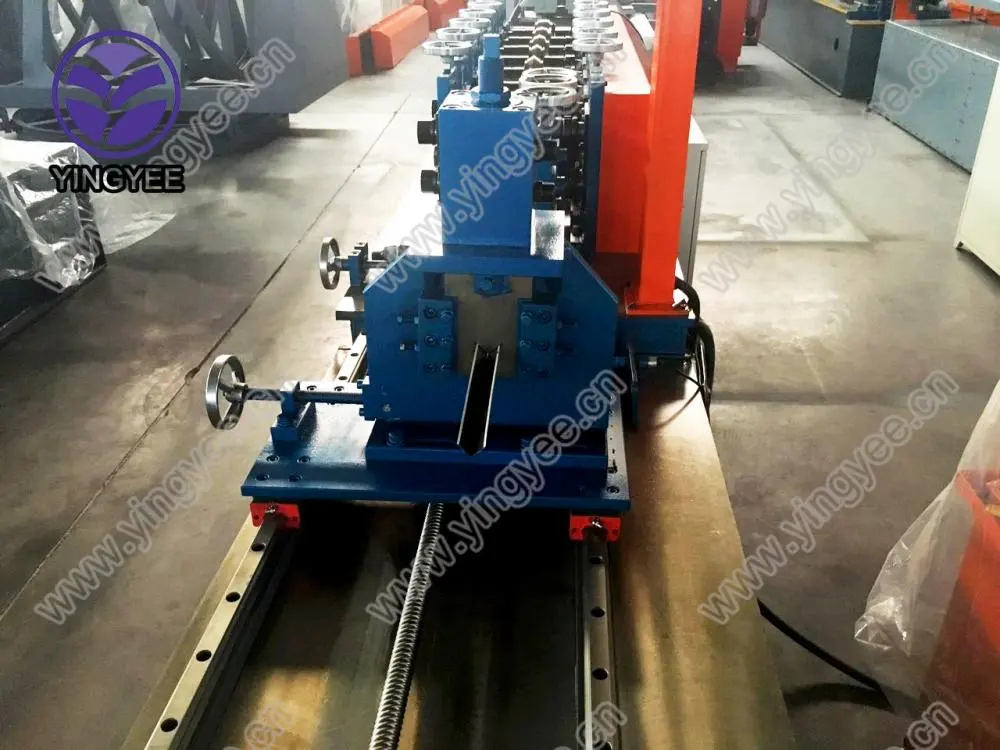
Understanding PPGI, PPGL, GI, and GL A Brief Overview
In the world of metal coatings, PPGI, PPGL, GI, and GL are critical terms that denote various types of galvanized and pre-painted steel products. These materials play a significant role in construction, manufacturing, and various industrial applications, thanks to their durability, aesthetic appeal, and resistance to corrosion. This article will delve into these terms, their compositions, applications, and differences to provide a comprehensive understanding.
What is PPGI?
PPGI stands for Pre-Painted Galvanized Iron. It is a type of steel that has undergone a hot-dip galvanization process to enhance its corrosion resistance followed by a coating of paint. The typical composition of PPGI begins with a base steel sheet that is first coated with zinc, offering a protective layer against rust and oxidation. After galvanization, the steel is then painted using a high-quality paint system that offers color and design flexibility.
PPGI is widely used in residential and commercial construction for roofing sheets, wall panels, and furniture components. The pre-painted finish not only adds visual appeal but also reduces the need for post-painting, making it a cost-effective solution for builders and manufacturers.
What is PPGL?
PPGL, or Pre-Painted Galvalume Steel, is similar to PPGI but has a notable difference in the composition of its base material. Instead of a galvanized coating, PPGL features a Galvalume coating, which is an aluminum-zinc alloy. This coating provides superior corrosion resistance compared to traditional zinc galvanization. The aluminum in the alloy offers additional protection by creating a barrier against moisture, while the zinc enhances adherence and durability.
What is GI?

GI, or Galvanized Iron, refers to steel that has been coated with a layer of zinc to prevent corrosion. The hot-dip galvanizing process, where the steel is immersed in molten zinc, is the most common method of galvanization. The result is a material that is strong, durable, and resistant to rust and corrosion, making it an ideal choice for outdoor applications.
GI is widely utilized in various sectors, including agriculture for building structures like barns and silos, in the automotive industry for parts that are exposed to harsh conditions, and in electrical appliances and home goods. Its affordability and robustness make it a popular choice for many applications.
What is GL?
GL stands for Galvalume Steel, which is similar to GI but features a coating of aluminum and zinc alloy. The composition of GL is designed to improve durability and provide enhanced resistance to corrosion, especially in acidic environments. Like Galvanized Iron, Galvalume Steel is also hot-dipped; however, it includes a higher proportion of aluminum, which contributes to its longevity.
GL is especially suited for roofing and siding materials, and it is increasingly chosen for industrial applications due to its superior durability compared to conventional galvanized steel.
Differences and Applications
While PPGI and PPGL are pre-painted, GI and GL refer to the base metal types without any additional color finish. The primary differences lie in the coating materials used PPGI has a zinc coat with paint, while PPGL features an aluminum-zinc coating. GI is purely zinc-coated, and GL uses an aluminum-zinc alloy.
In conclusion, the choice between PPGI, PPGL, GI, and GL depends largely on the specific requirements of the application, including environmental conditions, expected longevity, and aesthetic preferences. Each type of coated steel provides unique benefits that cater to different industrial and construction needs, making them essential materials in today’s manufacturing and building landscapes.